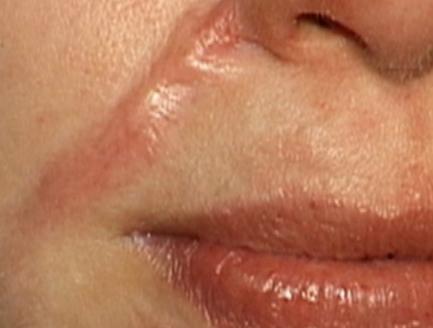Z-plasty is now being considered as a standard practice for scar revision. With doctors’ offices all over the world now using this technique, one would be hard pressed to find a different technique when it comes to camouflaging scars. This technique has been around for a century and yet, many people fail to realize how it works.
A Z-plasty works like this, at the end lengths of the scar, incision are placed horizontally so that the new incisions and the original wound/incision together form a Z. Once incised, the flaps of the flesh are sutured over and used to cover the wound overall, giving new less tense give to the skin in smaller units, and setting the transposed skin into overlapping “flaps” where their final positions are a three layered triangular fix.
This irregularity of wound closure causes a smaller, united scar that is less noticeable type of scarring that is better camouflaged than the straight line easily hyper-pigmented versions of incisions. This general realignment of the incisions can make for a better visual to surgery wounds.
The only other techniques that are comparable to a Z-plasty would be a W-plasty. A W-plasty, although slightly different, is just a variation of the Z-plasty technique, operating on the same basic principle of relieving overall tension on sutures and skin wounds to allow for a better healing process.

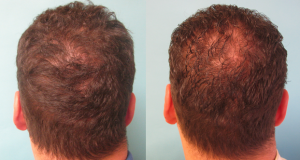

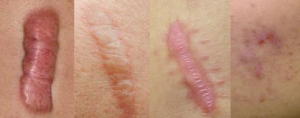


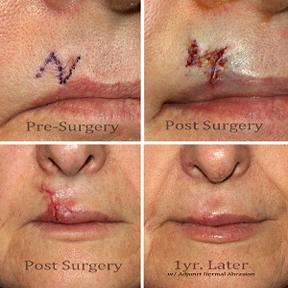
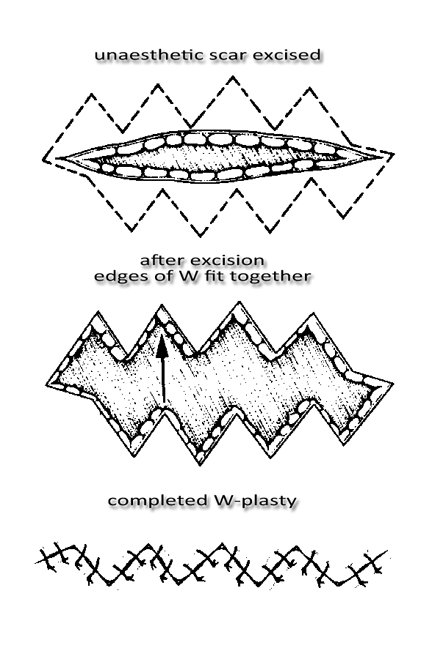
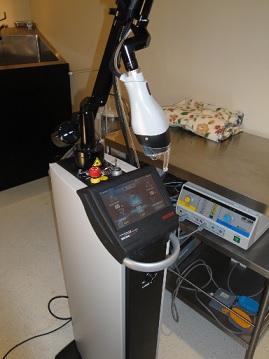 Scars are immensely varied and come in all shapes and sizes. Surgery remains the best option for more severe scars, other scars can be treated with the advance development of lasers for dermatological use. Treatment of scars with laser has steadily grown, giving both patients and physicians more flexibility to determine the best method of treatment.
Scars are immensely varied and come in all shapes and sizes. Surgery remains the best option for more severe scars, other scars can be treated with the advance development of lasers for dermatological use. Treatment of scars with laser has steadily grown, giving both patients and physicians more flexibility to determine the best method of treatment.
